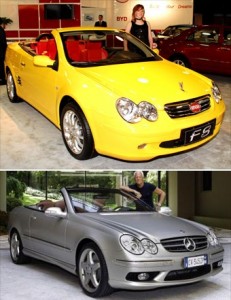
Vettel leads the pack during the 2012 US Grand Prix
Formula One returned to the US this weekend after a 5 year hiatus. Engadget’s Richard Lawler writes about the possibility of HD camera’s on-board the cars. As the world’s most technologically advanced sport, I think it should be a no-brainer; it is the next logical step in regards to the sport’s broadcasting capabilities.
When millions are spent per week perfecting the front wing to give just tenths of a second on track, it should not be an issue to upgrade from standard definition on-board. In comparison to other broadcast sports, F1 has advanced quite slowly. Live broadcasts were upgraded to HD just last season. The last big change to broadcast enabled on-board footage to continue to be uninterrupted through the tunnel section of the Monaco Grand Prix; that was around the time I was born! Most of this development is largely due to the size and weight of the new technology but they are rapidly becoming smaller and lighter.

As F1 gains more popularity it will be crucial to cater to the viewer’s experience. It is a muti-billion dollar business that cannot afford to lose any viewer interest. In order to keep up with the technological world, It wouldn’t be a surprise that live Interactive 3D footage become available in the near future.
PS. KImi for 2013 World Champion!

 In keeping with their company philosophy,
In keeping with their company philosophy, 





![1344313378306[1]](https://blogs.ubc.ca/louiewong/files/2012/10/13443133783061-300x235.jpg)
![11_archimedes_35438535_610x436[1]](https://blogs.ubc.ca/louiewong/files/2012/10/11_archimedes_35438535_610x4361-300x214.jpg) The release of the iPhone 5 brought many new features over its predecessor: the iPhone 4. Mostly the usual: faster, lighter, thinner, better camera. Some, like the
The release of the iPhone 5 brought many new features over its predecessor: the iPhone 4. Mostly the usual: faster, lighter, thinner, better camera. Some, like the![iphone_5_lightning_adapter[1]](https://blogs.ubc.ca/louiewong/files/2012/10/iphone_5_lightning_adapter1-300x206.jpg)
![Toms-1[1]](https://blogs.ubc.ca/louiewong/files/2012/10/Toms-11-300x200.jpg)
